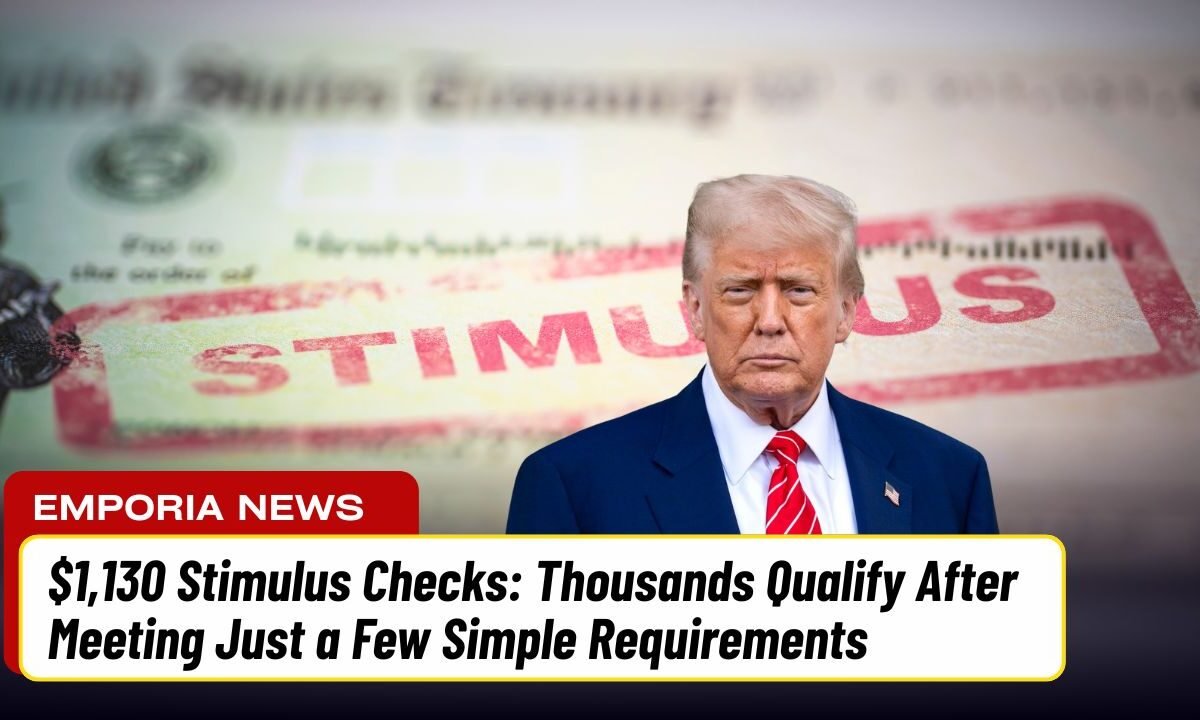The Colorado state government has officially begun issuing mass tax refunds as required under the Taxpayer’s Bill of Rights (TABOR) Amendment. These payments—often dubbed “stimulus checks” by residents—range from $177 to $1,130 for individual taxpayers and double that amount for joint filers.
The rollout comes just as winter begins, a time when heating and energy expenses typically rise. Officials project that this effort will return approximately $1.2 billion to Colorado’s economy, providing a timely boost to household budgets statewide.
Eligibility and Key Details for Colorado TABOR Refunds
According to the Colorado Department of Revenue, more than 3 million Coloradans qualify for this year’s refund. These mandatory reimbursements are triggered when state revenue exceeds the constitutional cap determined by inflation and population growth.
To qualify, individuals must meet the following requirements:
- Be a Colorado resident for the entire 2024 tax year
- Be 18 years or older
- Possess a valid Social Security Number (SSN) or Taxpayer Identification Number (TIN)
- Not be claimed as a dependent on another person’s tax return
This ensures the funds go directly to those contributing through tax payments within the state.
Refund Distribution and Payment Schedule
The $1.2 billion refund initiative will be distributed in two ways:
| Payment Method | Details |
|---|---|
| Direct Deposit | Taxpayers who included bank details on their 2024 return will receive refunds first via electronic deposit. |
| Mailed Checks | Those without direct deposit information will receive checks through the mail over the next several weeks. |
| Late Filers | Individuals who filed for an extension will get payments later, between November and December. |
This staggered payment schedule helps the state treasury manage transaction volumes effectively while ensuring all eligible residents receive their refunds promptly.
The TABOR Amendment: A Continuing Debate
The TABOR Amendment, approved by voters in 1992, remains one of the most debated fiscal policies in Colorado. It restricts government spending growth and mandates refunds of any revenue exceeding the constitutional limit.
Critics label TABOR as “short-term fiscal populism”, arguing it limits funding for vital infrastructure such as education and transportation. Over the past three years, the state has refunded more than $3.3 billion under TABOR rules.
In contrast, Governor Jared Polis—a self-described pro-taxpayer Democrat—defends the measure, emphasizing its democratic roots:
“The money belongs to the people, not to the halls of Denver,” he stated, underscoring the policy’s focus on taxpayer rights.
For refund updates, residents can visit the Colorado Department of Revenue website to check their payment status and expected deposit date.
The Colorado TABOR refunds mark another significant return of taxpayer funds, aligning with the state’s fiscal transparency commitments.
As energy costs climb this winter, these payments will offer much-needed relief for millions of residents while stimulating the broader economy.
Despite ongoing debate surrounding the TABOR system, its impact on household budgets and financial circulation remains undeniable.
FAQs
How much will I receive from the Colorado TABOR refund?
Eligible individuals will receive between $177 and $1,130, while joint filers will receive double that amount.
When will the refunds be issued?
Direct deposits have already started, while paper checks and payments for late filers will continue through November and December 2025.
What should I do if I haven’t received my refund yet?
Residents should visit the Colorado Department of Revenue website to track their refund and verify their eligibility details.




